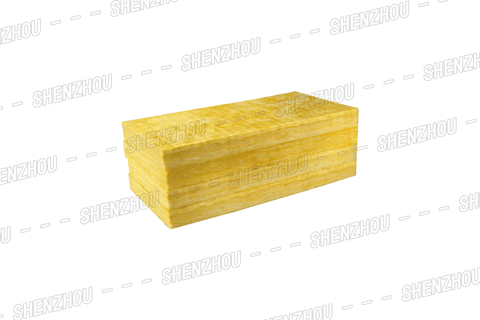
What is the difference in usage between rubber and rock wool boards
6/7/20245 min read

Rubber plastic board and rock wool board are widely used in daily life and industrial production, but their respective characteristics and uses are different. Below, we will discuss in detail the main differences in usage between rubber and rock wool boards.
Categories
Popular
Applications of Glass Wool Board:
Interior Wall Compartments:
Enhances the functionality and aesthetics of interior spaces.
Ceiling Systems:
Provides effective insulation for ceilings, contributing to energy efficiency.
Insulation of Iron Sheet Air Ducts or Bellows:
Ideal for insulating ductwork, ensuring thermal efficiency.
Sound Absorption and Noise Reduction:
Reduces noise levels in machine rooms, creating a quieter working environment.
Exterior Wall Insulation:
Offers insulation for residential building exteriors, contributing to energy savings.
Glass Wool Insulation





Firstly, from the perspective of material composition, rubber plastic panels are mainly composed of a mixture of synthetic rubber and plastic, which are formed through high-temperature processing. This material has good flexibility, wear resistance, corrosion resistance, and sound insulation properties. Rock wool board, on the other hand, is an insulation material made mainly from natural quartz and melted at high temperatures. It has the characteristics of tight structure, fine fibers, and good flexibility, as well as excellent waterproof, moisture-proof, and thermal insulation properties.
In terms of usage, rubber panels are widely used in industries such as construction, automotive, electronics, medical, and home furnishings due to their excellent sound insulation, heat insulation, moisture resistance, and waterproof performance. In the construction industry, rubber panels are commonly used for waterproofing and sound insulation treatment of roofs, walls, floors, and other parts to improve the comfort and durability of buildings. In the field of automotive manufacturing, rubber sheets are used to manufacture automotive components, such as engine gaskets, suspension gaskets, etc., to reduce vibration and noise. In the electronics industry, rubber sheets are used for packaging and protection of electronic products, ensuring the safety of products during transportation and use.
In contrast, rock wool boards have a wider range of applications, mainly used for thermal insulation and sound insulation in industrial equipment, construction, ships and other fields. Rock wool board plays an important role in the insulation of various industrial boilers and equipment pipelines in petroleum, chemical, metallurgical, textile, and other industries. In the construction industry, rock wool boards are not only used for insulation and sound absorption of partitions, ceilings, and inner and outer walls, but also for fire prevention and noise reduction of fire doors and elevator shafts. In addition, rock wool boards are widely used for insulation and fire prevention in humid environments such as vehicles, mobile equipment, cold storage engineering, and air conditioning pipelines due to their excellent moisture resistance.
In terms of thermal insulation performance, there are also significant differences between rubber and rock wool boards. The thermal insulation performance of rubber panels is relatively poor, and they are generally suitable for insulation in low-temperature environments, such as cold storage, refrigerated trucks, etc. Due to its high thermal conductivity, the insulation effect of rubber panels is relatively weak in high-temperature environments. And rock wool board, with its unique physical structure, has a lower thermal conductivity, is not easy to burn, and is resistant to high temperatures, making it suitable for insulation and heat preservation at room and high temperatures.
In addition to the main differences mentioned above, there are also some subtle differences between rubber and rock wool boards in their application scenarios. For example, in places that require sound insulation, such as offices, schools, hospitals, etc., rubber panels are widely used due to their excellent sound insulation performance. In environments that require high temperatures and pressures, rock wool boards have advantages due to their high temperature and corrosion resistance.
In summary, there are significant differences between rubber and rock wool boards in terms of material composition, usage, and thermal insulation performance. In practical applications, we should choose appropriate materials based on specific needs and scenarios to fully leverage their advantages and achieve the best usage effect. With the continuous progress of technology and the increasing demand for environmental protection and health, the application prospects of rubber and rock wool boards will be broader, bringing more convenience and comfort to our lives.

Why Choose SHENZHOU Glass Wool Board?
SHENZHOU® Glass Wool Board not only meets the essential requirements of thermal insulation but also excels in sound absorption and noise reduction. Its adaptability to various settings, coupled with the convenience of construction and installation, positions it as a leading choice for architects, builders, and contractors.
In conclusion, the broad application prospects of SHENZHOU® Glass Wool Board make it a comprehensive solution for enhancing comfort, energy efficiency, and acoustic performance across diverse projects. Choose SHENZHOU® for insulation solutions that go beyond expectations.










About Us
Click the button below to get more information about us
Newsletter
Click to subscribe for more information
Follow Us
Contact Us
Address
Dacheng town, Langfang City, Hebei province, China
Phone
+86 185 03165 626


